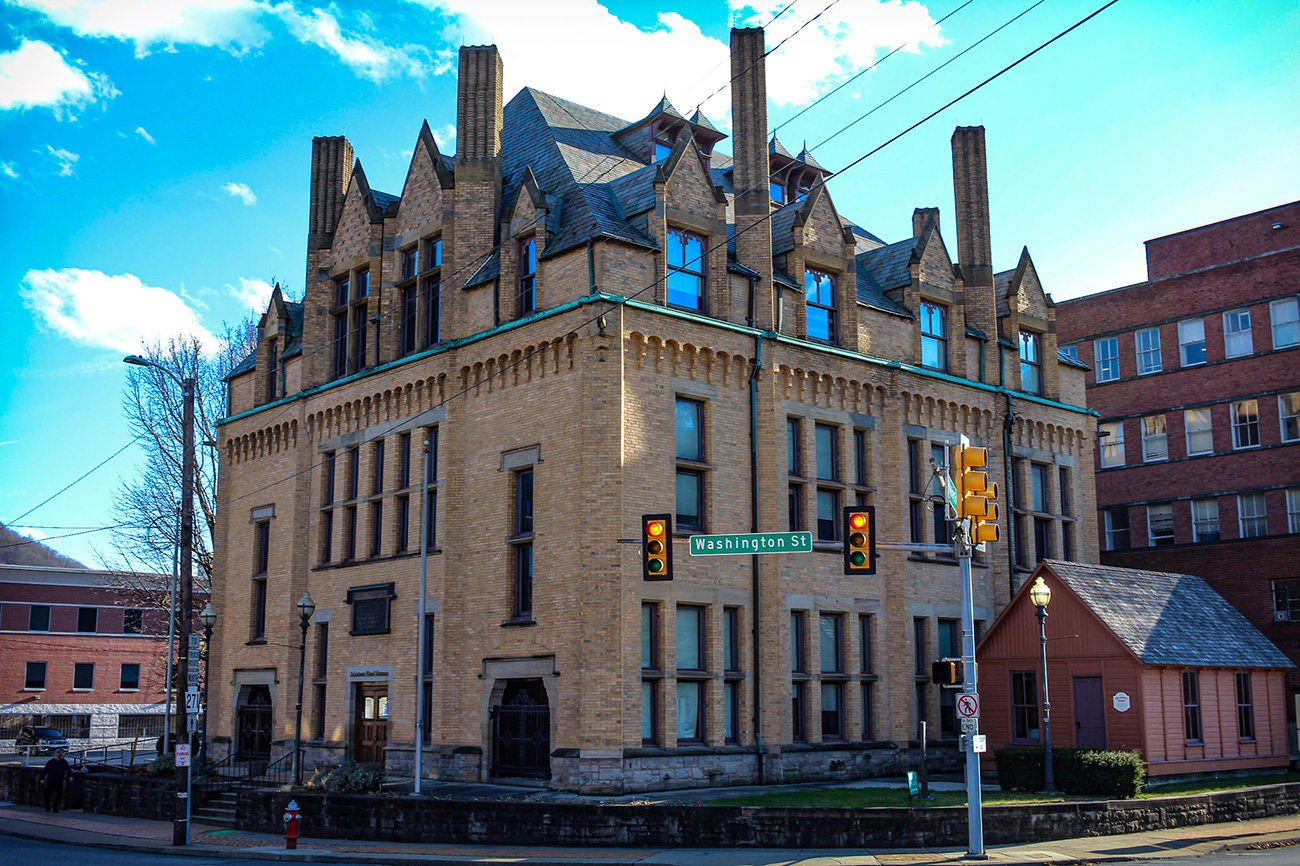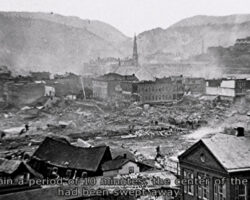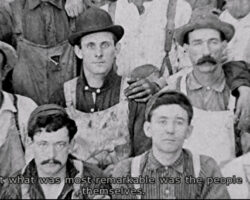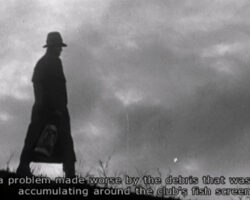Partners
Johnstown Flood Museum
Johnstown, PA 15901
Watch the Academy-Award® winning film!
The Johnstown Flood Museum recreates the 1889 Flood with exhibits, artifacts and the Academy Award® winning film, The Johnstown Flood. This film is the only museum-commissioned documentary that has won an Academy Award® in the short subject documentary category. The museum not only tells the story of the flood, but the town’s triumphant recovery.
The museum is located in the former Cambria Library. The building was built after the flood using funds provided by Andrew Carnegie, a member of the South Fork Fishing & Hunting Club, which owned the South Fork Dam.
The museum includes a relief map that illustrates the path of the flood down the Conemaugh Valley by using light and sound effects. A featured exhibit is an original “Oklahoma House”, one of the first types of pre-fabricated temporary houses sent to Johnstown for flood survivors.
Johnstown, PA 15901
United States




